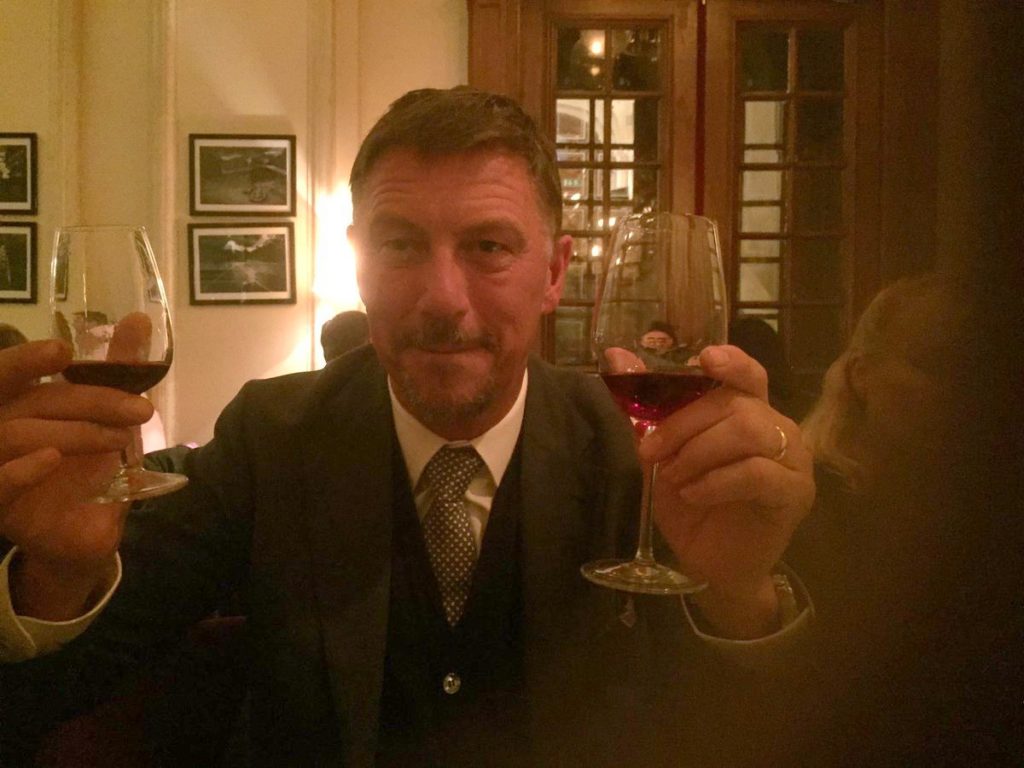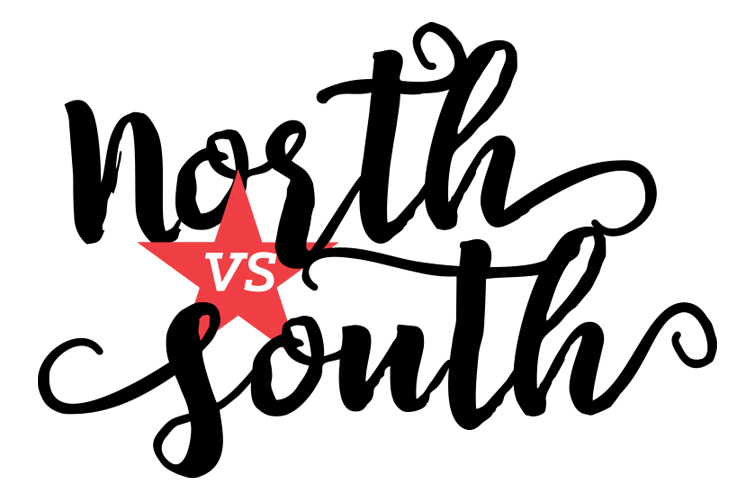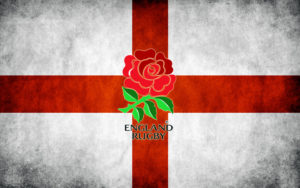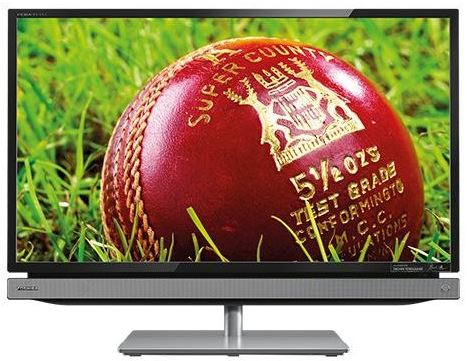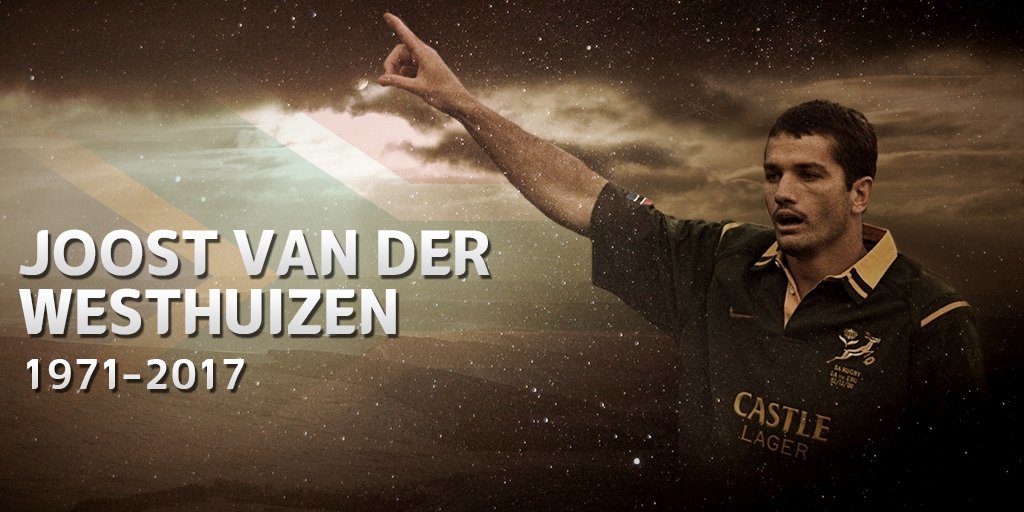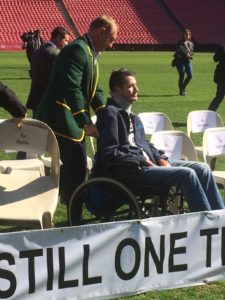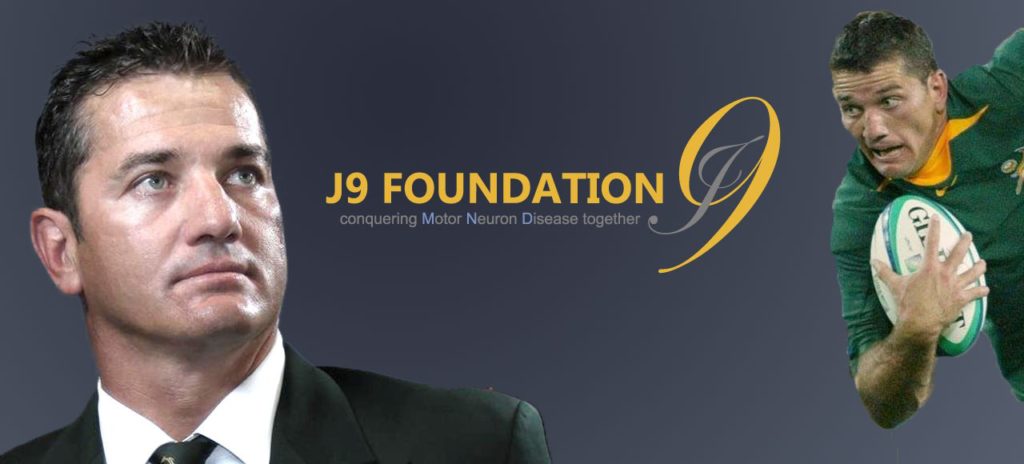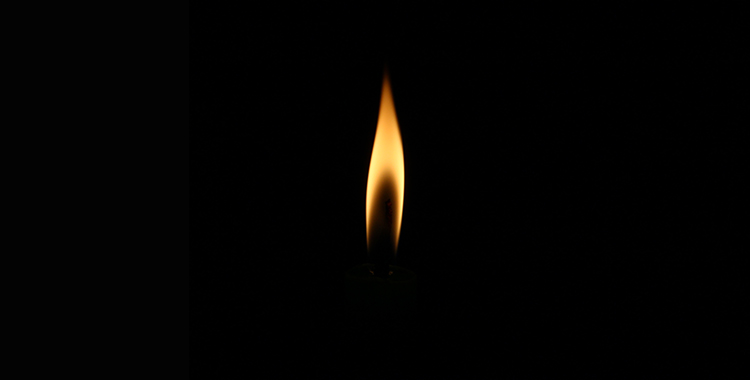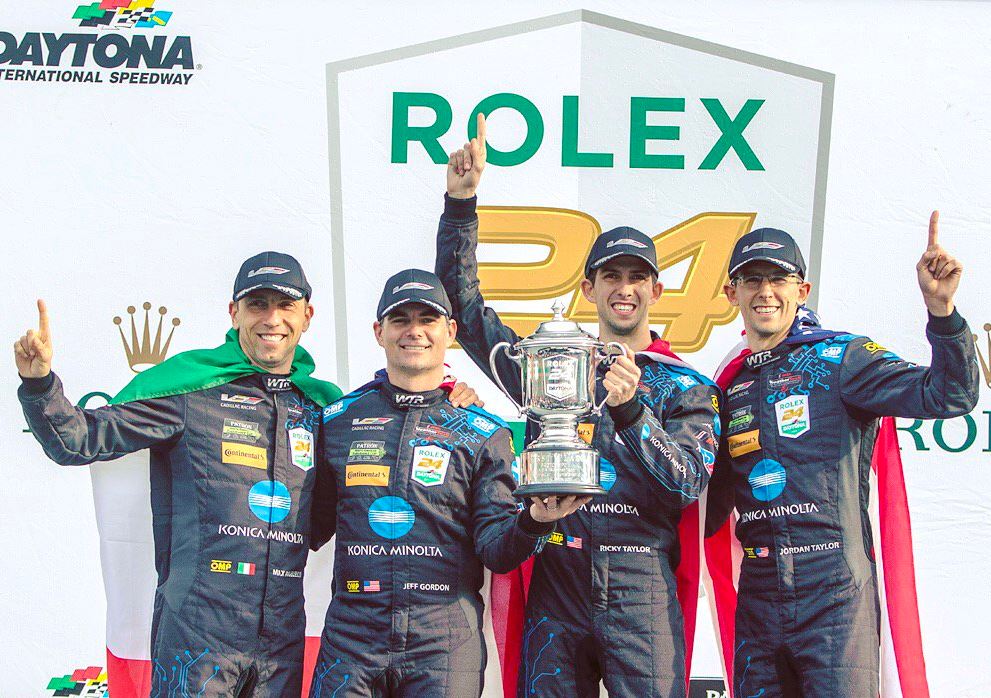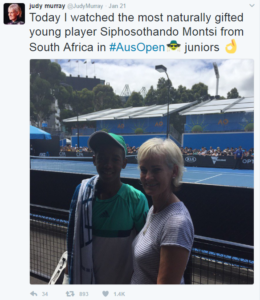Dear Kjell,
Heita, my man, congratulations!
Word on the street is that the Springbok coaching job is the toughest gig around, but that’s nonsense. The Pirates hot seat is on fire.
I must admit, until you were unveiled this week I hadn’t heard of you. The only things I know from Sweden are Abba, Volvo and Zlatan Ibrahimovic. I’m hoping you’re as good.
The first thing you must do is park all your preconceptions about soccer. Nothing in South Africa remotely resembles life or soccer in Stockholm.
For one thing, it’s warmer here. And so are the fans.
(Sorry about all the rain in Joburg last week).
You’ll know you’ve won the fans over when they compose a song in your name. This is the ultimate honour. They’ll embrace you and shower you with love. You’ll next rush off to get your skull and crossbones tattoo.
By the time you read this, you’ll probably have a nickname too.
But lose your way and you’ll know all about it. Walter Da Silva was once kidnapped by Swallows supporters. Others have needed protection from furious fans when leaving the stadium.
WWhatever you do, respect the fans and embrace them
Whatever you do, respect the fans and embrace them. Pirates are much adored and you’re now at the heart of the club.
You’ll also discover curious ways of coaching instruction. Some of it even comes via SMS.
The strangest aspect is when the fans tell you what to do. Just wait for the gesture when they furiously roll their arms around mid-game. This is their way of telling you it’s time to substitute a player. My advice is to listen.
What they don’t tell you in the hiring process is about the muti rituals that are such a historical part of local soccer. I’m not a big believer myself, but there’s no harm in it. It’s all part of tradition. You might get spooked by some of the stuff, but it’s what helps make our game so vibrant and unique. Just go with it.
The bad news is that success isn’t a job guarantee. Just ask Ruud Krol. SA soccer is littered with the carcasses of coaches kicked to the kerb. You need thick skin, my man.
I see you have a Twitter account, which is lekker. You best take that thick skin to social media too.
Whatever you do, be careful. The fans will live and die by your words. They’ll also smash you if you say something silly.
And now the media. Eish, let me tell you about it. It won’t take you long to learn that there are many Pirates fans parading as reporters. One wrong move and they’ll have you for breakfast. Suss them out, give them interviews, massage their egos. And whatever you do, don’t have a breakdown on television like Muhsin Ertugral.
Soccer is a passion for millions of fans who live their dreams through their teams. Pirates are among the biggest with a glorious history. You have to respect this reality.
It won’t take you long to learn the lingo too. Don’t be confused by talk of “diski”; this is the endearing term for local soccer. And a “shibobo” is a fancy move like a nutmeg. You’ll see it plenty down here. We all love our shoe-shine soccer. The one I especially like is “tsamaya”, a fancy move to trick an opposition player.
An “nkomo” is someone who doesn’t know how to play. Whatever you do, don’t buy these!
There are many other exotic realities to embrace. Learn to love meat – we eat plenty of it. Then there are the taxis. They perform some extraordinary feats in the traffic that will make your hair stand on end. Don’t be alarmed. Take a deep breath and park your Scandinavian sensibilities.
You’ll also encounter African time before long. Don’t be bothered by this inattention to punctuality. Things usually work out.
My final bit of advice is to consider your time here a great adventure. Africa will get into your blood and you’ll learn to love this crazy, off-beat, unique part of the world. Take our customs and cultures and weirdness to heart and we’ll give you our hearts.
Sharp!
Best wishes,
Hola Bhakajuju – © Sunday Tribune

